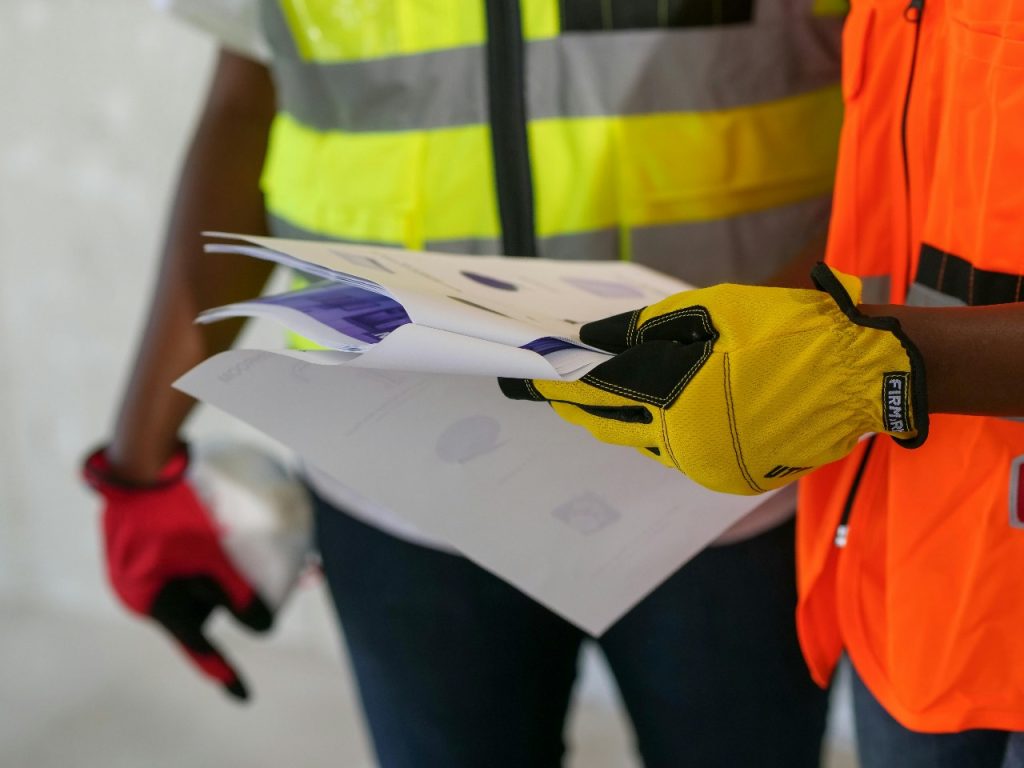In the complex world of California construction, regulations and safety standards play a pivotal role in ensuring that projects are executed efficiently and safely. One critical regulation that contractors, builders, and developers need to understand is das 140. This standard has become a cornerstone in the construction industry within the state, shaping the way many construction activities are planned and carried out.
In this article, Associated Builders & Contractors Inc. will provide a detailed and professional overview of the das 140 standard, its significance, and its practical applications in California construction projects. Whether you are a contractor, architect, or project manager, understanding DAS 140 is essential to maintaining compliance and ensuring project success.
What is DAS 140?
DAS 140 is a specific California regulation that addresses safety, environmental, and operational requirements within the construction industry. Its primary focus is on establishing protocols that reduce hazards and enhance workplace safety on construction sites. The standard ensures that construction companies adopt best practices to protect workers and the environment.
This regulation is tailored to California’s unique environmental concerns and stringent safety expectations, making it a critical standard for construction operations in the state. It covers a wide range of areas from equipment safety, waste management, noise control, and air quality to emergency preparedness.
Importance of DAS 140 in California Construction
Enhancing Worker Safety
One of the fundamental roles of das 140 is to promote worker safety. California construction sites can be hazardous due to heavy machinery, elevated work areas, and complex site layouts. DAS 140 mandates specific safety protocols designed to minimize risks, including detailed guidelines on personal protective equipment (PPE), machinery operation standards, and fall protection measures.
Environmental Protection
California is known for its strict environmental regulations, and das 140 plays a crucial role in aligning construction practices with these requirements. The standard includes measures to control dust, manage construction waste responsibly, and reduce noise pollution. By adhering to DAS 140, construction companies help preserve local ecosystems and reduce their environmental footprint.
Regulatory Compliance
Compliance with das 140 is not optional for construction companies operating in California. Non-compliance can result in fines, project delays, and legal action. Understanding and implementing DAS 140 requirements ensure that projects run smoothly without interruptions caused by regulatory violations.
Key Components of DAS 140
Safety Protocols
At its core, das 140 provides a framework for safety protocols tailored specifically for construction environments. These include guidelines for:
- Proper use of PPE
- Machinery operation and maintenance
- Site hazard identification and mitigation
- Worker training and safety drills
Environmental Controls
DAS 140 addresses environmental controls that construction companies must implement, including:
- Dust suppression techniques
- Waste segregation and disposal
- Noise level monitoring and control
- Stormwater runoff management
Documentation and Reporting
A critical part of das 140 is the emphasis on documentation. Construction companies are required to maintain detailed records of safety inspections, incident reports, and environmental impact assessments. This documentation not only supports compliance but also helps in continuous improvement of site safety and environmental practices.
Implementing DAS 140 on Construction Sites
Initial Site Assessment
Before starting a project, construction teams should conduct an initial assessment focused on das 140 compliance. This involves evaluating potential safety hazards, environmental risks, and necessary control measures. The assessment forms the foundation for creating a site-specific DAS 140 implementation plan.
Training and Education
A key to successful DAS 140 compliance is ensuring all workers understand the requirements and their roles in maintaining them. This means regular training sessions covering safety protocols, environmental practices, and emergency procedures. Well-informed workers are better equipped to maintain compliance and contribute to a safe work environment.
Continuous Monitoring and Auditing
Implementing das 140 is not a one-time task; it requires ongoing monitoring and auditing. Construction supervisors must regularly inspect the site to identify any deviations from DAS 140 requirements and take corrective actions immediately. This proactive approach minimizes risks and reinforces a culture of safety.
Challenges in Adhering to DAS 140
While the benefits of das 140 are clear, construction companies often face challenges in full compliance. These include:
- The cost of implementing comprehensive safety and environmental controls
- Keeping up with updates and amendments to the standard
- Ensuring all subcontractors also adhere to DAS 140 requirements
- Managing documentation and reporting efficiently
Addressing these challenges requires strategic planning, investment in training and technology, and strong leadership committed to compliance.
Benefits of DAS 140 Compliance
Improved Safety Record
Companies that adhere to das 140 typically experience fewer workplace accidents and injuries. This translates to lower insurance costs, reduced downtime, and enhanced employee morale.
Environmental Stewardship
Compliance with DAS 140 reflects a company’s commitment to environmental responsibility, which can improve public perception and lead to better community relations.
Competitive Advantage
Demonstrating strict adherence to DAS 140 can differentiate a construction company in California’s competitive market, making it a preferred choice for clients and partners who prioritize safety and sustainability.
Future Trends and DAS 140
As California continues to innovate in construction technologies and sustainability, das 140 is expected to evolve accordingly. Emerging trends such as green building practices, advanced safety monitoring systems, and digital compliance tools will likely be integrated into future versions of the standard. Staying informed about these changes will be vital for construction professionals aiming to maintain DAS 140 compliance.
Conclusion
Understanding and implementing das 140 is essential for any construction project in California. This regulation ensures that safety and environmental standards are upheld, protecting workers, the public, and the environment. While compliance may present challenges, the benefits of improved safety, regulatory adherence, and enhanced reputation are well worth the effort. Associated Builders & Contractors Inc. encourages all construction professionals to prioritize DAS 140 in their project planning and execution to contribute to a safer, more sustainable construction industry in California.


